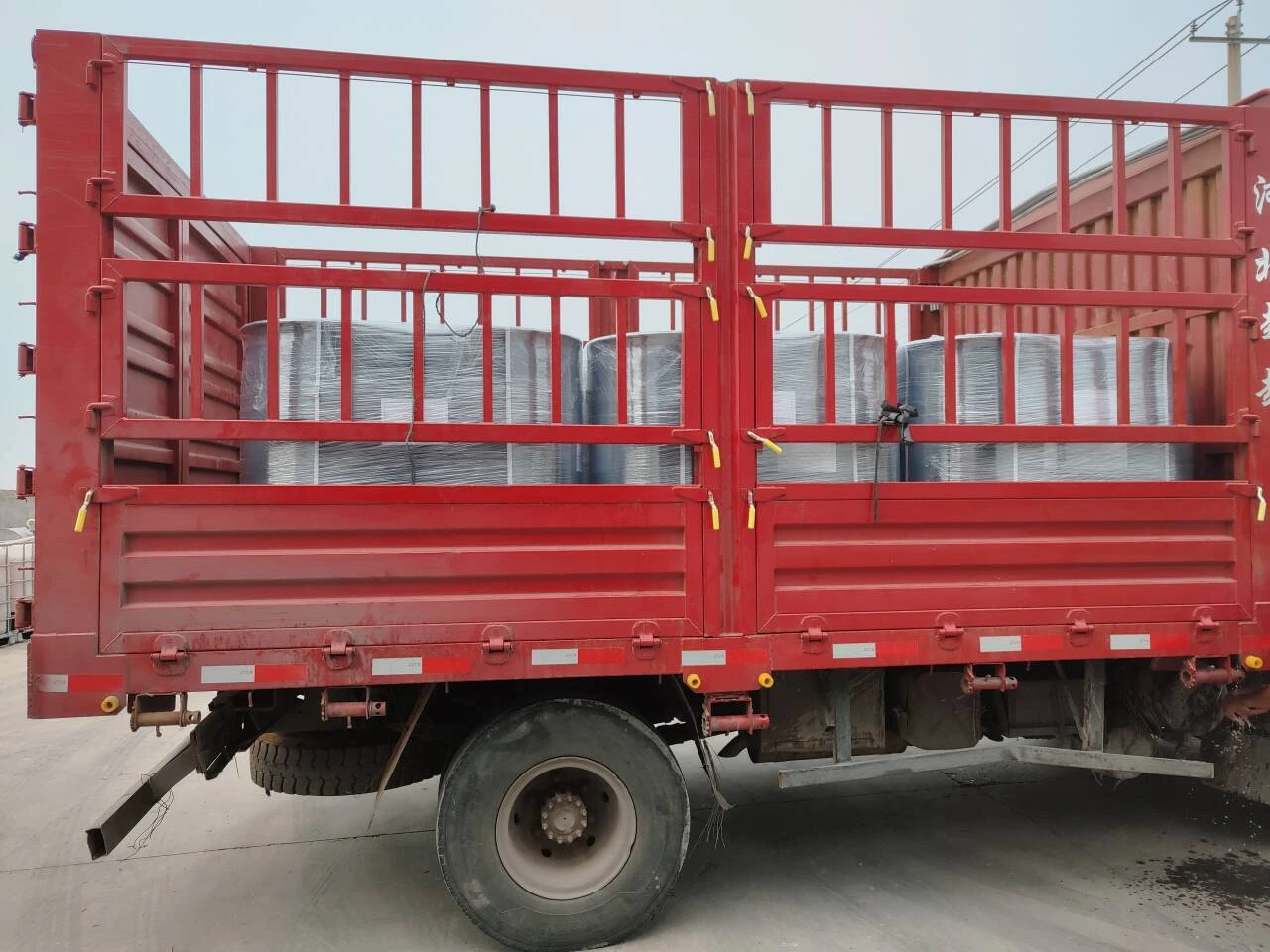Antioxidant Additives for Plastics Enhancing Durability and Performance
Plastics are ubiquitous in modern life, found in everything from packaging materials to automotive components. Their versatility makes them incredibly valuable in various applications; however, one of the main challenges associated with plastic products is their susceptibility to oxidation. Oxygen exposure, heat, and ultraviolet (UV) light can lead to the degradation of polymers, resulting in reduced mechanical properties, discoloration, and ultimately, failure. To mitigate these issues, antioxidant additives play a crucial role in prolonging the life and performance of plastic materials.
Understanding Oxidative Degradation
Oxidative degradation is a chemical reaction where plastics react with oxygen, often resulting in the breaking down of polymer chains. This process can be catalyzed by heat and UV radiation, leading to the formation of free radicals that further react with the polymer matrix. The results of oxidative degradation include changes in color, loss of mechanical strength, and brittleness. In consumer and industrial applications, this can be particularly troublesome, affecting the functionality and safety of plastic products.
The Role of Antioxidants
Antioxidants are chemical compounds that prevent or slow the oxidation of other substances. In the context of plastics, they are incorporated into the polymer matrix to neutralize free radicals before they can initiate the degradation process. There are two primary types of antioxidants used in plastics primary and secondary antioxidants.
1. Primary Antioxidants These are typically radical scavengers that react with free radicals to inhibit the oxidation reaction. Commonly used primary antioxidants include hindered phenols and phosphites. Hindered phenols are particularly effective as they can donate hydrogen atoms to free radicals, thus stopping the chain reaction of oxidation.
2. Secondary Antioxidants These compounds are often used in conjunction with primary antioxidants to provide additional protection. Secondary antioxidants can regenerate primary antioxidants, allowing for longer-lasting effectiveness. Examples include thioethers and certain organic acids that can react with peroxides or other reactive species formed during oxidative processes.
Benefits of Using Antioxidants in Plastics
antioxidant additives for plastics

The incorporation of antioxidant additives in plastic formulations offers several significant benefits
- Enhanced Durability Antioxidants significantly extend the lifespan of plastic materials by mitigating degradation. This is particularly essential in applications exposed to harsh environmental conditions, such as outdoor furniture, automotive parts, and packaging.
- Color Retention Oxidation can lead to discoloration, which is a critical concern for consumer products. Antioxidants help maintain the aesthetic properties of plastics, ensuring they remain visually appealing throughout their lifespan.
- Mechanical Property Preservation By reducing the likelihood of chain scission and cross-linking reactions caused by oxidation, antioxidants help preserve the mechanical properties of plastics, such as tensile strength and flexibility.
- Cost-Effectiveness Although the initial cost of adding antioxidants may increase the overall price of plastic materials, the extended service life of these products can lead to substantial savings, reducing the need for replacements and maintenance.
Industry Applications
Antioxidant additives are integral in various industries where plastic materials are subjected to oxidative stress. In the automotive industry, for instance, plastics used in engine compartments and external components are often formulated with antioxidants to withstand heat and UV exposure. In packaging, these additives help maintain the integrity and extend the shelf life of food products, ensuring that the packaging does not contribute to spoilage.
Conclusion
Antioxidant additives play a pivotal role in enhancing the performance and longevity of plastic materials. As industries continue to innovate and develop new applications for plastics, the importance of effective antioxidant strategies becomes ever more critical. With ongoing research into new types of antioxidants and their formulations, the future of plastics looks promising, with enhanced durability and sustainability at the forefront. By investing in antioxidant additives, manufacturers can ensure that their plastic products remain reliable, safe, and effective in every application.

